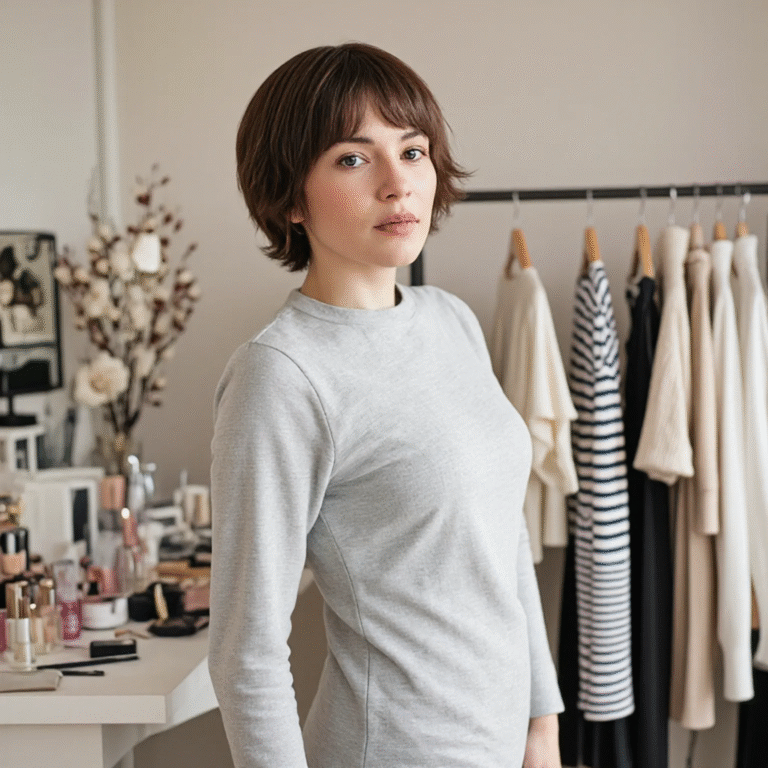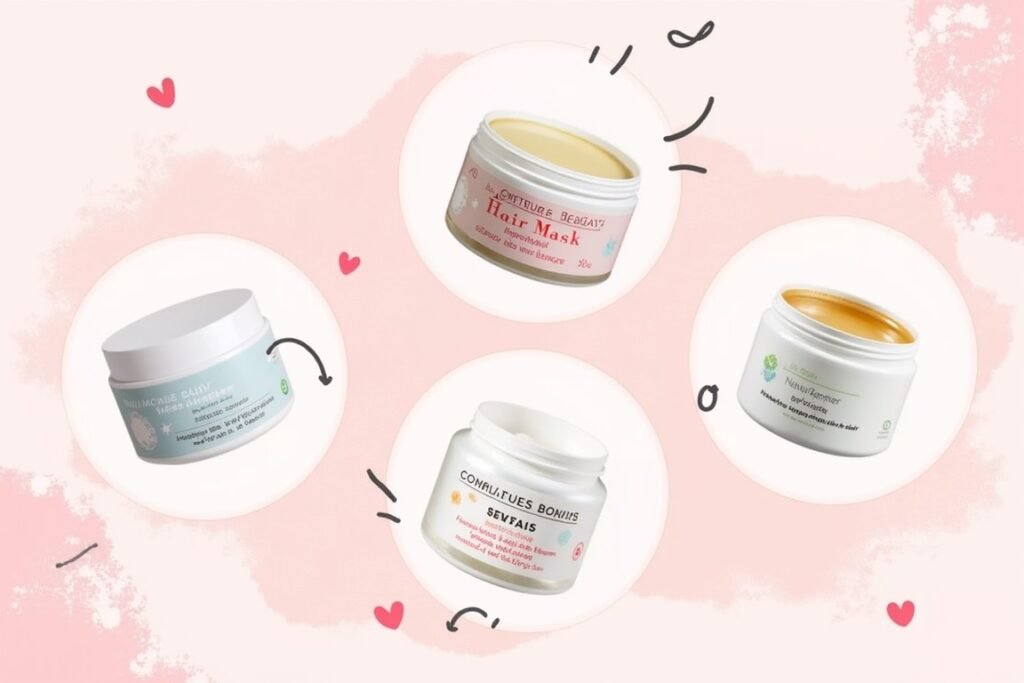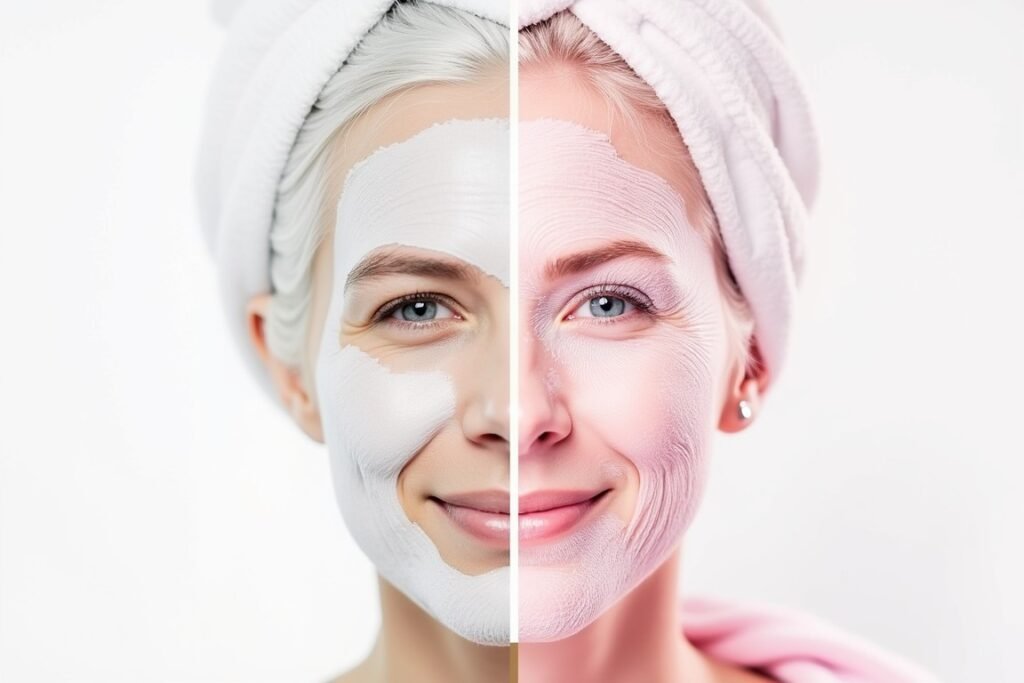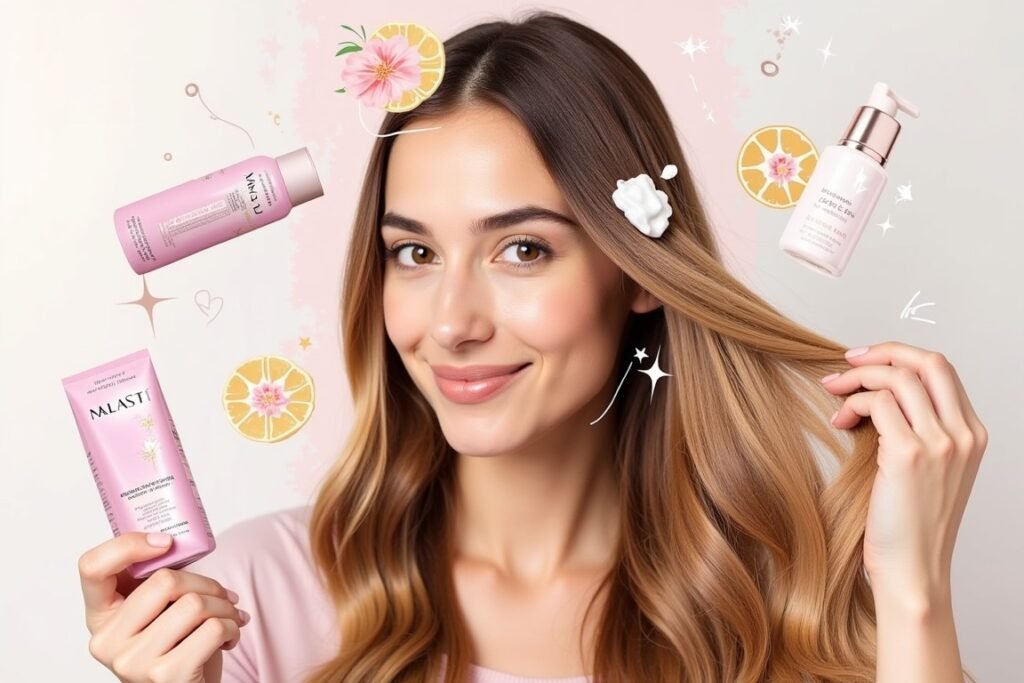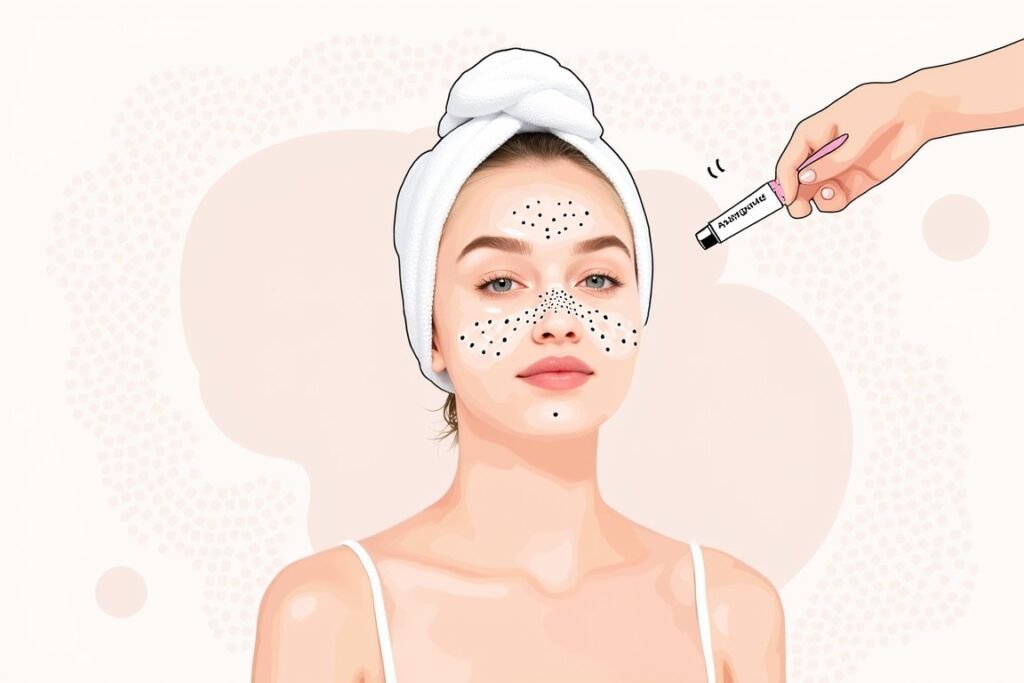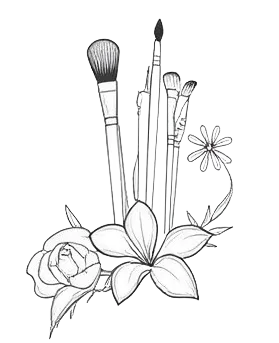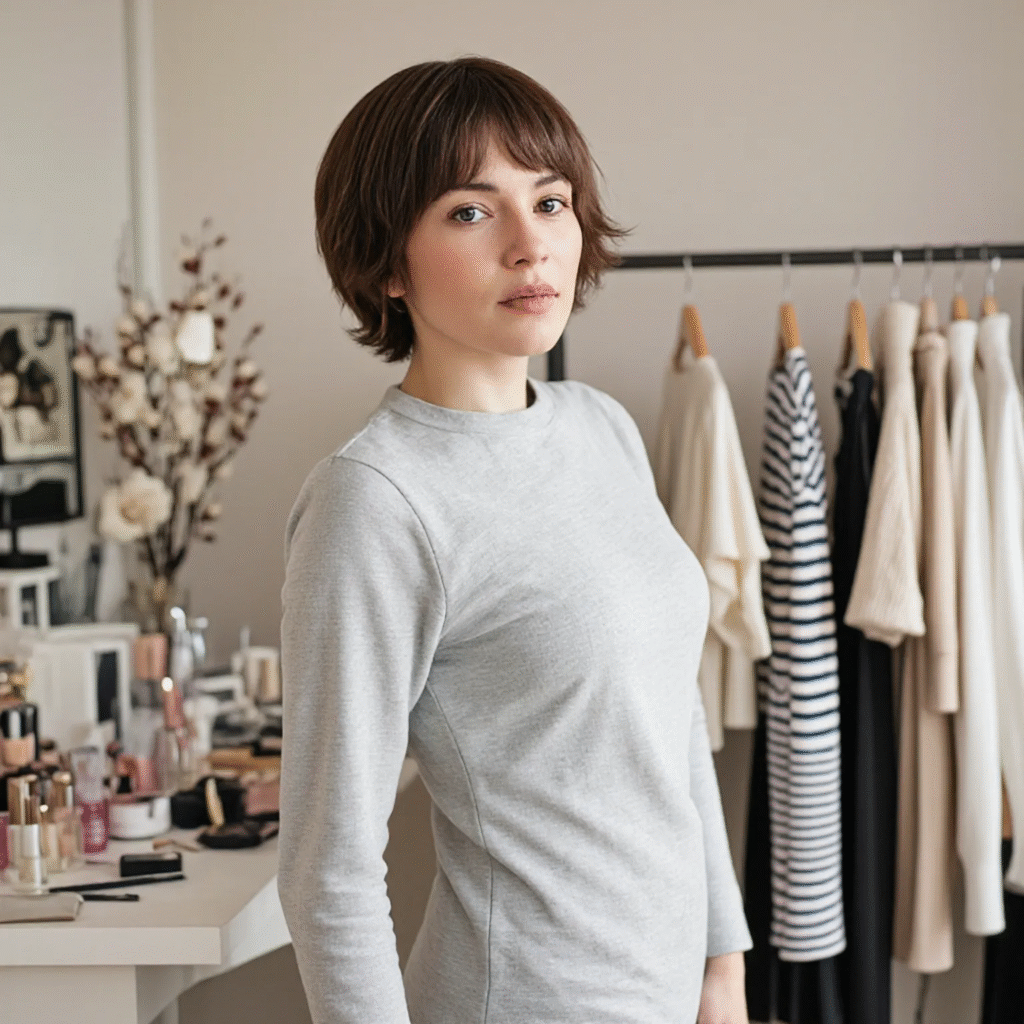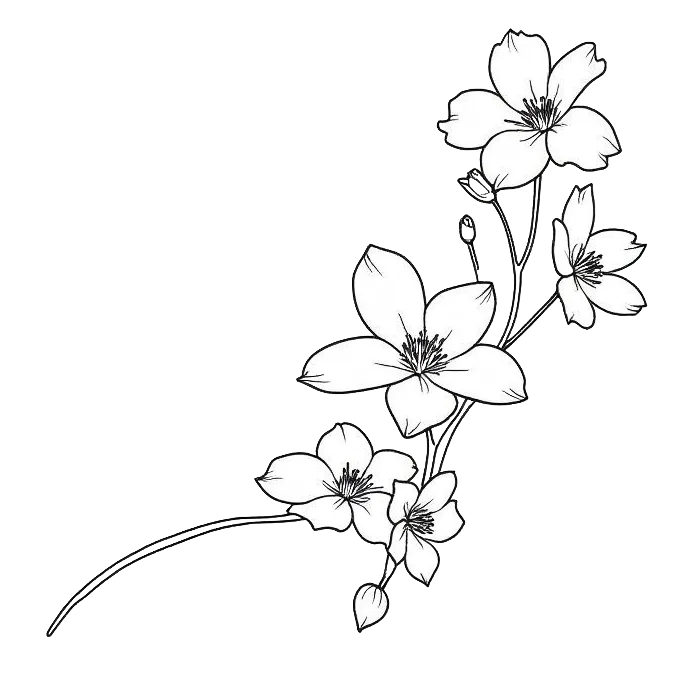Attending a wedding is not just about celebrating love; it’s an opportunity to showcase your sartorial elegance and respect for the couple’s special day. The art of selecting the perfect wedding outfit can be as intricate as the ceremony itself. From opulent evening gowns to dapper suits, the choices are as diverse as the weddings they cater to.
But why is it so crucial to dress appropriately for this joyous occasion? Your attire speaks volumes about your understanding of the event’s significance and the respect you hold for the hosts. Navigating the myriad of fashion dos and don’ts can be daunting, but with a few universal guidelines, you can ensure you make a stylish impression.
Whether you’re a woman contemplating the allure of a flowing dress or a man deliberating between a classic tuxedo and a modern suit, the key is to balance personal style with wedding etiquette. Seasonality and the type of wedding—be it a beachside ceremony or a grand ballroom affair—further influence your wardrobe choices.
Key facts:
- Choosing the right outfit for a wedding is crucial for making a good impression and showing respect to the newlyweds.
- The attire should follow the dress code indicated on the invitation, as well as be appropriate for the season and the venue.
- Women should avoid wearing white, while men should opt for well-fitted suits or tuxedos.
- Accessories, such as jewelry and fragrances, should be subtle and elegant, complementing the overall wedding style.
- Avoid fashion mistakes such as excessive accessories, overly flashy colors, or inappropriate footwear.
Contents
Why is the outfit for a wedding so important?
Choosing the right outfit for a wedding is crucial due to its impact on personal presentation, respect for the couple, and the lasting influence on photos and memories. A wedding is a significant life event, and dressing appropriately is a tangible way to honor the occasion and the couple’s special day. The right attire ensures that you present yourself well among guests and in photographs that will be cherished for years.
Here are key reasons why selecting the appropriate outfit is essential:
- Personal Presentation: Dressing well enhances your confidence and reflects your personality, contributing positively to the overall atmosphere.
- Respect for the Couple: Wearing suitable attire shows your appreciation for the invitation and respect for the couple’s wishes and the formality of the event.
- Influence on Photos: Weddings are extensively photographed events; appropriate attire ensures you look your best in images that will be part of lasting memories.
- Cultural and Venue Considerations: Understanding the cultural and venue-specific dress codes prevents any inadvertent faux pas.
- Comfort and Appropriateness: Selecting an outfit that balances style with comfort ensures you enjoy the celebration fully without any wardrobe mishaps.

General rules – universal clothing tips for everyone
- Color Choices: Opt for neutral or pastel shades as they are generally safe and versatile for weddings. Avoid wearing white, as this is traditionally reserved for the bride, and steer clear of overly bright or flashy colors that could overshadow the couple.
- Material Preferences: Choose breathable fabrics like cotton, linen, or lightweight wool, especially for warm-weather weddings. These materials ensure comfort while maintaining a polished appearance. Opt for richer fabrics like velvet or silk for colder seasons to add warmth and elegance.
- Importance of Comfort: Ensure that your attire allows for ease of movement and comfort throughout the day. Well-fitted clothing that is not too tight or loose will keep you relaxed and focused on enjoying the event.
- Footwear Considerations: Select shoes that are not only stylish but also comfortable for standing and dancing. Cushioned insoles can provide additional support for long hours.
- Adaptability to Dress Codes: Pay attention to the wedding invitation for any specific dress codes and adjust your outfit accordingly. Whether it’s a formal black-tie affair or a casual garden wedding, aligning with the stated dress code shows respect and understanding.

How to dress for a wedding as a woman
When it comes to selecting the perfect wedding outfit as a woman, consider both the formality of the event and your personal style. Here are some critical aspects to keep in mind:
- Dress Styles: For formal occasions, opt for elegant gowns or cocktail dresses. A-line and sheath dresses are classic choices that complement various body types. If the wedding is more casual, a midi dress or a chic jumpsuit can be equally stylish and appropriate.
- Colors: While pastels and muted tones are often recommended, don’t shy away from rich hues like emerald, burgundy, or navy, especially for evening weddings. These colors exude sophistication without overshadowing the bride.
- Lengths: Floor-length dresses are ideal for black-tie events, whereas knee-length or tea-length dresses are suitable for semi-formal or daytime weddings. Ensure the length aligns with the event’s dress code and season.
Additionally, consider the following tips to enhance your ensemble:
- Necklines and Sleeves: V-neck, boat neck, or off-the-shoulder styles can add a touch of elegance to your outfit. Sleeve length should be chosen based on the weather and venue; for instance, cap sleeves or sleeveless designs are perfect for summer, while long sleeves can add warmth in cooler months.
- Prints and Patterns: Subtle patterns like florals or polka dots can add interest to your look without being overly distracting. Ensure the print aligns with the wedding’s theme and formality.

How to dress for a wedding as a man
When dressing for a wedding as a man, understanding the event’s formality is crucial in selecting the right attire. For formal weddings, a classic tuxedo is a timeless choice. Opt for a black or midnight blue tuxedo paired with a white dress shirt and a black bow tie.
In semi-formal settings, a well-fitted suit is appropriate. Navy, charcoal, and grey suits are versatile options that can be dressed up or down depending on the occasion.
For more casual weddings, consider lighter colors such as beige or light grey, and don’t shy away from incorporating patterns like checks or stripes for a modern twist. Coordination is key; ensure your shirt and tie complement the suit color without clashing. Accessories, such as cufflinks and a pocket square, should add subtle elegance without overshadowing your overall look.
Here are some do’s and don’ts for easy reference:
- Do invest in a tailored fit; an ill-fitting suit can detract from your appearance.
- Do choose leather shoes that match your belt for a cohesive look.
- Do opt for a tie or bow tie that aligns with the event’s tone.
- Don’t wear overly bright or flashy colors that may draw attention away from the couple.
- Don’t forget to groom appropriately; a neat hairstyle and trimmed facial hair are essential.
- Don’t wear casual sneakers unless explicitly stated in the dress code.
Wedding outfit and the season
When selecting wedding attire, the season plays a significant role in guiding your choices. Seasonal considerations impact not only fabric choices but also color palettes and layering options.
In warmer months such as spring and summer, lightweight materials like linen and cotton are preferable due to their breathability. Opt for light colors such as pastels or soft neutrals to reflect the heat effectively.
Conversely, during the cooler fall and winter seasons, heavier fabrics like wool or velvet are ideal for retaining warmth. Darker hues like burgundy, forest green, and navy complement the seasonal mood and provide a sophisticated look. Additionally, layering with a stylish coat or shawl can offer practicality without compromising elegance.
The table below outlines recommendations for wedding attire based on seasonal weather conditions:
| Season | Fabric Options | Color Palette | Additional Considerations |
|---|---|---|---|
| Spring | Linen, Cotton | Pastels, Soft Neutrals | Light layering, consider a light jacket for cooler evenings |
| Summer | Linen, Seersucker | Bright Neutrals, Vibrant Colors | Minimal layers, breathable fabrics |
| Fall | Wool, Tweed | Earth Tones, Deep Reds | Layer with a blazer or scarf |
| Winter | Velvet, Cashmere | Dark Hues, Jewel Tones | Incorporate a coat, use thermal underlayers if necessary |
Match your outfit to the type of wedding
Choosing the right outfit for a wedding involves aligning your attire with the wedding’s theme and setting. Different types of weddings require varied levels of formality, impacting your clothing choices.
Below are examples of how to dress for formal, semi-formal, and casual weddings:
- Formal Weddings: Often held in grand venues like ballrooms or historic estates, these weddings call for elegant attire.
- Women: Floor-length evening gowns in luxurious fabrics such as silk or satin; pair with sophisticated heels.
- Men: Tuxedo or a dark suit with a tie or bow tie; polished dress shoes complete the look.
- Semi-Formal Weddings: Typically set in less formal venues like gardens or country clubs, these weddings offer more flexibility in attire.
- Women: Cocktail dresses or dressy separates in mid-length; consider stylish yet comfortable heels.
- Men: Suit with a dress shirt and optional tie; loafers or brogues are suitable footwear choices.
- Casual Weddings: These relaxed events might take place on beaches or in backyards, allowing for more laid-back outfits.
- Women: Sundresses or skirts with a chic top; sandals or wedges are appropriate.
- Men: Dress pants with a button-down shirt or a polo; loafers or clean sneakers fit well here.

Common outfit mistakes
- Overdressing or Underdressing: Misjudging the formality level of the wedding can lead to inappropriate outfit choices. To avoid this, always refer to the dress code mentioned in the invitation. When in doubt, it’s better to slightly overdress than to appear too casual.
- Wearing White: This color is traditionally reserved for the bride. Opt for other hues to ensure you don’t accidentally upstage the bride on her special day.
- Ignoring Weather Conditions: Failing to consider the location’s climate can result in discomfort. Check the weather forecast and select fabrics that will keep you comfortable throughout the event.
- Choosing Inappropriate Footwear: Ill-suited shoes can lead to discomfort or even injury. Consider the venue’s terrain and opt for appropriate footwear, such as wedges for grass or flats for cobblestones.
- Overloading on Accessories: Excessive jewelry or bold accessories can distract from your outfit. Select a few key pieces that complement your attire without overwhelming it.
- Forgetting Cultural Sensitivities: Some weddings might have cultural dress codes. If attending such events, do your research and choose attire that respects these traditions.
Pay attention to accessories – fragrance and jewelry
Accessories play a pivotal role in completing a wedding ensemble, offering the finishing touches that elevate an outfit from ordinary to extraordinary. For women, selecting the right jewelry involves balancing elegance with subtlety. Opt for pieces that harmonize with your attire. A delicate necklace or a pair of understated earrings can add sophistication without overwhelming the look.
Men can enhance their attire with classic choices like cufflinks or a sleek watch, which add a touch of refinement.
When it comes to fragrances, subtlety is key. Choose a scent that complements rather than overpowers, as weddings are often intimate gatherings where strong fragrances can be intrusive. A light floral or citrus scent for women and a fresh or woody aroma for men typically works well.
- Choose jewelry that complements your outfit, avoiding overly flashy pieces.
- Select a fragrance that is subtle and fresh, avoiding strong or overpowering scents.
- For men, consider accessories like cufflinks or a classic watch to add sophistication.
- Ensure your accessory choices respect the formality and theme of the wedding.
Fragrances and jewelry should reflect the formality and setting of the occasion. For instance, a beach wedding might call for lighter accessories and scents, while a formal evening event could accommodate more luxurious choices.
Both men and women should consider the wedding’s cultural context when choosing accessories. This consideration ensures respect for the traditions while allowing personal style to shine.
Ultimately, accessories should enhance the overall ensemble without detracting from the primary focus: celebrating the couple’s special day.
Outfit examples – inspiration
1. Women: A Pastel Midi Dress with Nude Heels – A pastel-colored midi dress offers a perfect balance of elegance and comfort, suitable for both day and evening weddings. Pair it with nude heels to elongate the legs without drawing attention away from the dress. This combination works well because the soft hues complement a variety of wedding color schemes and settings, while the length of the dress maintains formality. A simple clutch and pearl earrings can further enhance the ensemble without overshadowing it.
2. Women: A Floral Maxi Dress with Wedge Sandals – Ideal for outdoor or semi-formal weddings, a floral maxi dress offers both style and comfort. The floral pattern adds a touch of whimsy, while the length provides coverage. Wedge sandals are practical for navigating grass or uneven surfaces, making this outfit suitable for garden or beach weddings. The flowing nature of the dress also allows for ease of movement during the festivities.
3. Men: A Navy Suit with a Light Blue Shirt – A navy suit is a versatile choice that exudes sophistication, appropriate for a wide range of wedding venues. Pairing it with a light blue shirt introduces a subtle contrast that remains tasteful. This combination is effective because navy is a universally flattering color that can be adapted to both formal and semi-formal settings. A patterned tie and pocket square can add a personalized touch, ensuring the outfit is cohesive yet unique.
4. Men: A Linen Blazer with Chinos – Perfect for a daytime or outdoor wedding, a linen blazer paired with chinos offers a relaxed yet polished look. The breathable fabric of the blazer keeps comfort in mind, especially in warmer climates. Choosing neutral shades like beige or light grey ensures versatility and elegance. This ensemble is completed with a crisp white shirt and loafers, striking the right balance between casual and refined.
What not to wear to a wedding as a guest?
- White or Off-White Attire: Traditionally reserved for the bride, wearing white or off-white can be seen as trying to upstage her on her special day. It’s best to avoid these shades to respect this custom.
- Denim or Casual Wear: Jeans, t-shirts, and casual sneakers are too informal for a wedding, which is typically a formal or semi-formal event. Opt for attire that reflects the occasion’s significance.
- Overly Revealing Outfits: While fashion-forward choices can be stylish, excessively low-cut or sheer clothing may be deemed inappropriate. It’s important to maintain a level of modesty in respect to the event and its attendees.
- Loud Patterns or Neon Colors: Bright, flashy colors or bold patterns can distract from the ceremony’s tone and the happy couple. Subdued or elegant hues are generally more suitable.
- Heavy Makeup and Accessories: While it’s natural to want to look your best, overdoing makeup or wearing excessively large or noisy accessories can be distracting. Aim for a balanced look that complements your attire.
- Sportswear: Athletic clothing is too casual for a wedding setting. It lacks the formality and respect the occasion deserves.
Avoiding these fashion faux pas ensures you are dressed appropriately, keeping the focus on celebrating the couple’s union.

